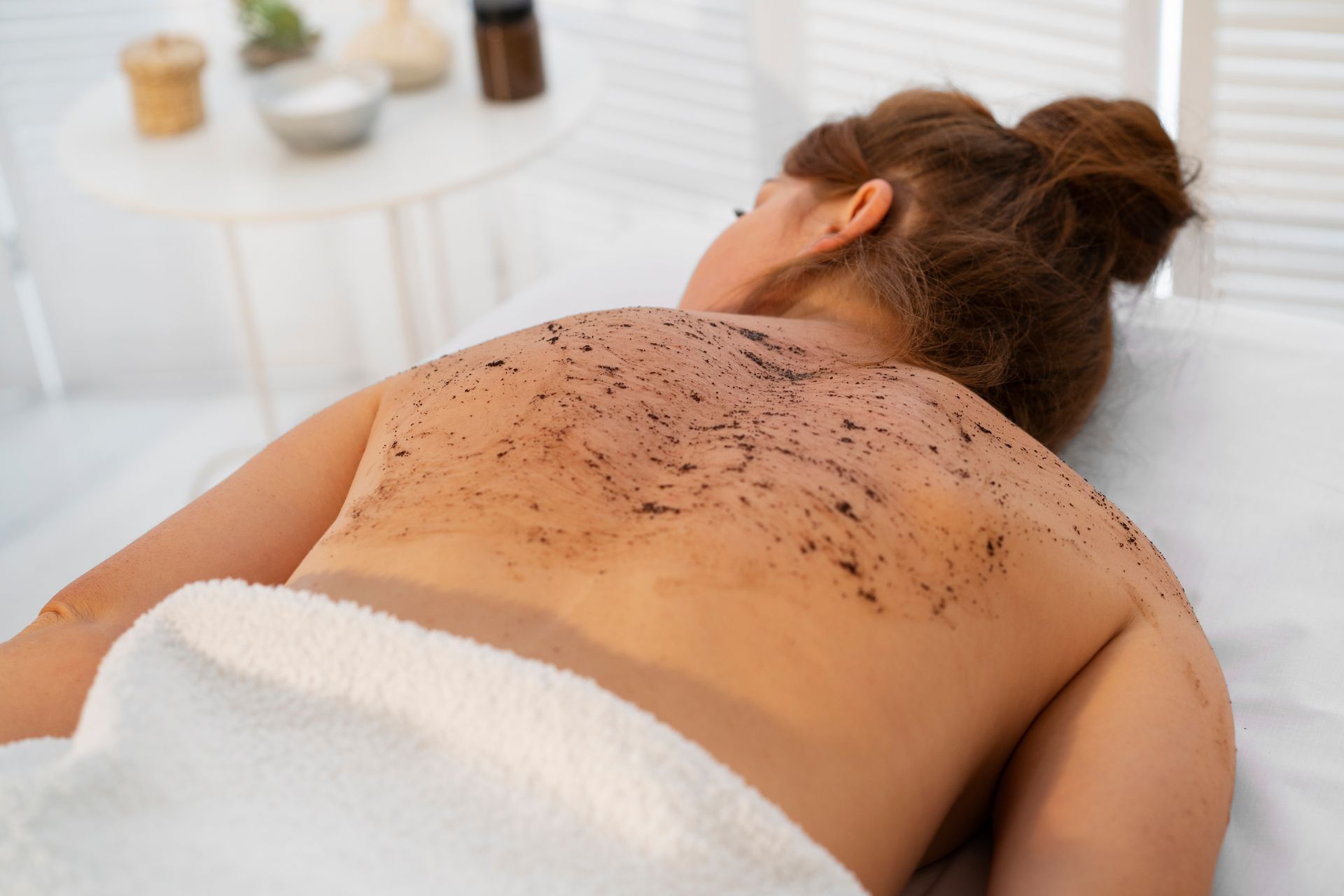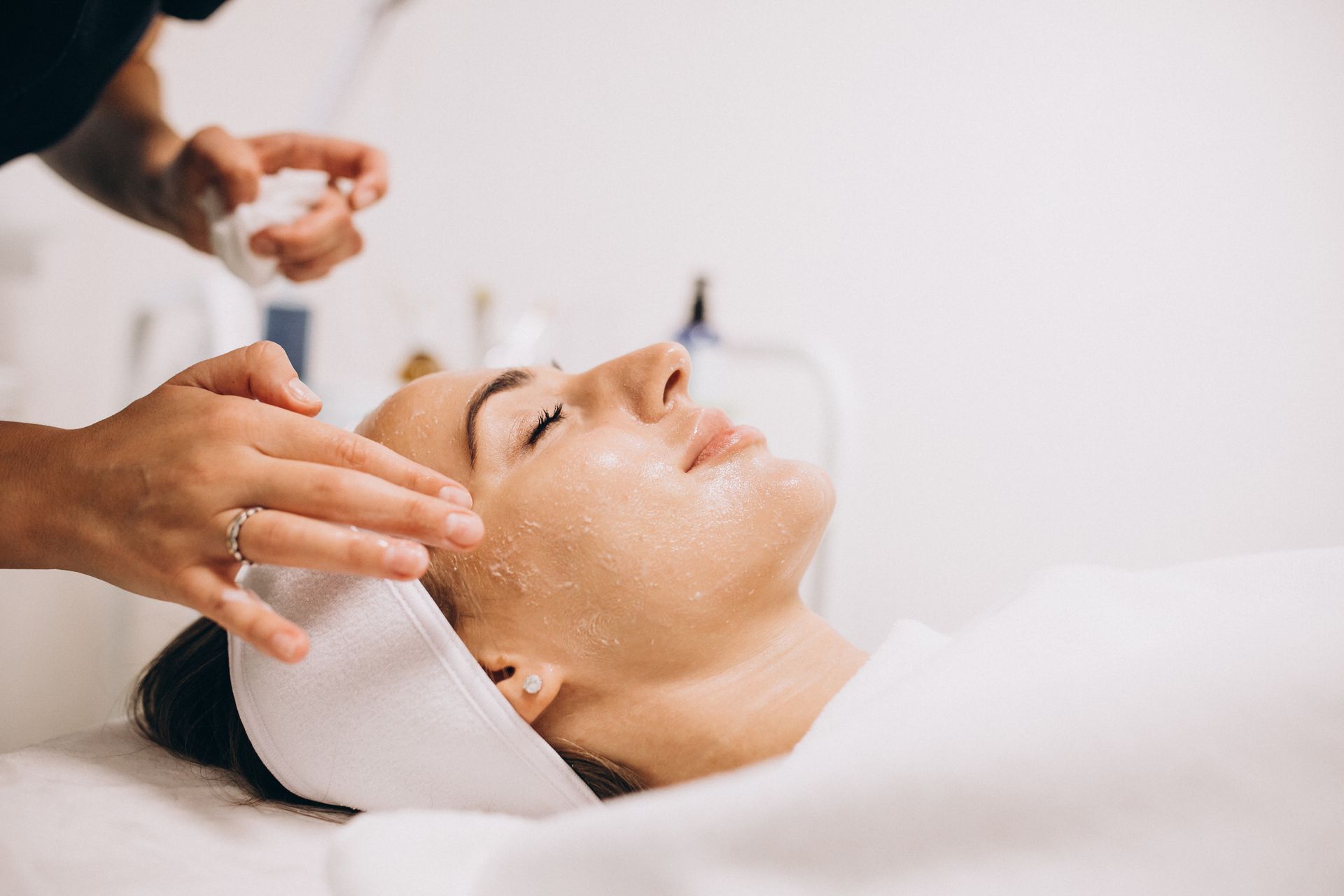Does Laser Hair Removal Work On Gray Facial Hair?
Laser hair removal has become a popular method for achieving long-term hair reduction and smoother skin. This non-invasive cosmetic procedure utilizes concentrated light energy to target hair follicles, inhibiting their ability to grow hair. While laser hair removal is known for its effectiveness on darker hair pigments, questions often arise regarding its efficacy on gray facial hair. Here, we will explore the fundamentals of laser hair removal and address common concerns surrounding its application to gray facial hair, shedding light on whether this treatment option is suitable for individuals with graying facial hair.
Causes of Gray Hair
Gray hair occurs when the hair follicles lose pigment cells, resulting in a lack of melanin production. This can be attributed to several factors, including genetics, aging, and environmental influences. Genetic predisposition plays a significant role, as individuals with a family history of premature graying are more likely to experience gray hair at an earlier age. The natural aging process leads to a decrease in melanin production, causing hair to lose its color and become gray or white. Environmental factors such as stress, smoking, and nutritional deficiencies can also contribute to premature graying by accelerating the depletion of pigment cells in the hair follicles.
Characteristics of Gray Facial Hair
Gray facial hair exhibits unique characteristics compared to pigmented hair. While pigmented hair contains melanin, which provides color and strength, gray hair lacks melanin and tends to be coarser and more brittle. Gray facial hair may also appear wiry or unruly, making it challenging to manage. Additionally, gray hair often grows at a different rate than pigmented hair, and individuals may notice differences in texture and thickness between gray and pigmented facial hair strands.
Mechanism of Laser Hair Removal
Laser hair removal works by targeting the pigment (melanin) in the hair follicles with concentrated light energy. The melanin absorbs the light energy, which converts into heat, damaging the hair follicle and inhibiting further hair growth. During the procedure, a laser device emits pulses of light that penetrate the skin and selectively target the melanin in the hair follicles while leaving the surrounding skin unharmed. Over multiple treatment sessions, laser hair removal gradually reduces hair growth, resulting in smoother, hair-free skin.
Effectiveness of Laser Hair Removal on Different Hair Colors
The effectiveness of laser hair removal can vary depending on the color of the hair and the pigment present in the hair follicles. Traditional laser hair removal methods work best on dark, pigmented hair, as the melanin absorbs the light energy more effectively, leading to better results. However, laser hair removal may be less effective on gray or white hair, as these hair colors contain little to no melanin. In such cases, alternative laser technologies, such as Nd:YAG lasers or diode lasers, may be used, as they can target the hair follicle regardless of the hair color. While laser hair removal may not completely eliminate gray facial hair, it can still reduce its growth and improve overall skin appearance.
Scientific Evidence and Studies
Research on the efficacy of laser hair removal specifically targeting gray hair is relatively limited compared to studies on pigmented hair. However, several studies have explored the effectiveness of laser hair removal on various hair colors, including gray. These studies have investigated different laser technologies, treatment parameters, and patient demographics to assess the outcomes of laser hair removal on gray hair. While results vary, some studies suggest that certain laser devices, such as Nd:YAG lasers or diode lasers, can effectively target gray hair follicles by bypassing melanin dependence. Further research is needed to establish the optimal protocols and treatment parameters for laser hair removal targeting gray facial hair.
Clinical studies evaluating laser hair removal on gray facial hair have produced mixed findings. Some studies report favorable outcomes, with significant hair reduction achieved in individuals with gray hair following multiple treatment sessions. However, other studies indicate challenges in achieving satisfactory results, citing factors such as reduced melanin content and differences in hair follicle structure as potential limitations. Clinical trials investigating the efficacy of alternative laser technologies and treatment modalities continue to provide valuable insights into the feasibility and effectiveness of laser hair removal for gray facial hair.
Considerations for Gray Facial Hair Removal
Factors Influencing Treatment Efficacy
Several factors can influence the efficacy of laser hair removal for gray facial hair. These include the density and thickness of the hair, skin type, hormonal factors, and the specific laser technology used. The individual's response to treatment and adherence to the recommended treatment regimen play a role in determining treatment efficacy. Skilled practitioners consider these factors when developing personalized treatment plans to optimize outcomes for individuals seeking laser hair removal for gray facial hair.
Potential Challenges and Limitations
Laser hair removal for gray facial hair may present certain challenges and limitations compared to pigmented hair. The absence or low concentration of melanin in gray hair follicles can make them less responsive to traditional laser technologies, potentially requiring higher energy levels or alternative laser devices. The risk of adverse effects such as skin irritation, burns, or hypo-pigmentation may be heightened in individuals with gray facial hair. It is essential for patients to discuss these potential challenges with their skincare professional and weigh the risks and benefits before undergoing laser hair removal for gray facial hair.
Alternative Hair Removal Methods
When laser hair removal may not be the optimal choice for gray facial hair, individuals may explore alternative hair removal methods. These options include traditional methods such as shaving, waxing, and tweezing, as well as newer techniques like electrolysis and intense pulsed light (IPL) therapy. Each method offers varying degrees of effectiveness, convenience, and longevity, and individuals may choose the option that best suits their preferences and needs.
Alternative hair removal methods for gray facial hair come with their own set of pros and cons.
Shaving, for example, offers a quick and inexpensive solution but requires frequent maintenance and may lead to stubble or irritation.
Waxing provides longer-lasting results but can be painful and may cause skin sensitivity. Electrolysis offers permanent hair removal but may require multiple sessions and can be time-consuming. Intense pulsed light (IPL) therapy targets hair follicles with broad-spectrum light but may not be as effective on gray hair as on pigmented hair.
Advice from Dermatologists and Skincare Professionals
Dermatologists and skincare professionals can offer valuable insights and recommendations for individuals with gray facial hair considering laser hair removal. These experts can assess the individual's skin type, hair characteristics, and treatment goals to determine the most suitable approach. They may provide guidance on the potential efficacy of laser hair removal for gray hair, alternative treatment options, and pre- and post-treatment care. Consulting with a dermatologist or skincare professional can help individuals navigate their hair removal journey safely and effectively.
For individuals considering laser hair removal for gray facial hair, there are several tips to enhance the treatment experience and maximize results. These may include avoiding sun exposure and tanning beds before and after treatment, discontinuing other hair removal methods that pluck or pull out hair follicles, and following the skincare professional's recommendations for pre-treatment preparation and post-treatment care. Additionally, individuals should communicate any concerns or questions with their skincare professional to ensure a tailored and successful treatment outcome.
Conclusion
While laser hair removal may present challenges when targeting gray facial hair due to the absence of melanin, it remains a viable option for many individuals seeking long-term hair reduction. Through understanding the mechanisms of laser hair removal, exploring alternative hair removal methods, and seeking guidance from skincare professionals, individuals can make informed decisions about their treatment options. While laser hair removal may require additional sessions or alternative laser technologies for optimal results on gray facial hair, it still offers the potential for significant hair reduction and improved skin appearance. By weighing the pros and cons and consulting with experts, individuals can navigate their hair removal journey with confidence and achieve their desired outcomes.
BOOK YOUR FREE SESSION










